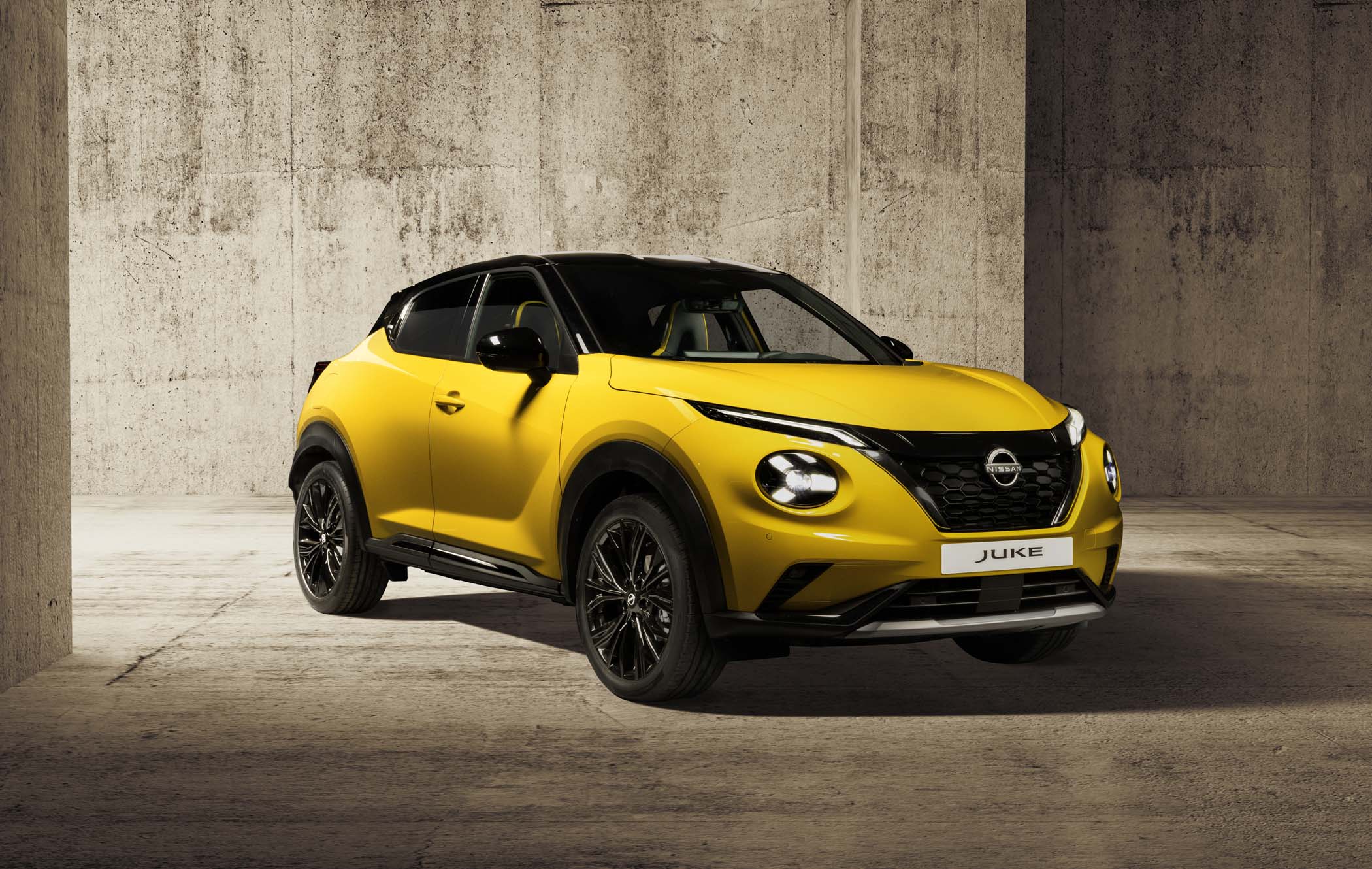Renault Captur review (2019-2024)
Renault saw the SUV wave coming early and surfed it perfectly with the Captur. After being the top-selling SUV in Europe in 2016, it's still the brand's best-selling model today. It follows the recipe of success for Renault's most popular cars – great value for money, loads of equipment and cool styling. Find out what we think in our road-tested Renault Captur review.

Pros
- Practical family car
- Good-sized boot
- Easy to drive
Cons
- Rivals have nicer interiors
- Infotainment can be sluggish
Interior
Our rating: 7/10
The interior of the Captur is a pleasant place to while away the miles, with an air of quality in the materials.
In true Renault style, there are also plenty of customisation options, with colour packs to brighten up the cabin.
Tech and features
All current Captur models come with Bluetooth, Apple CarPlay and Android Auto through the central touchscreen.
Most of the car's functions are controlled through the touchscreen, but thankfully, there are still physical dials for the climate controls.
You can also get a high-end sound system and wireless charging on the more expensive models in the range.
Performance
Our rating: 7/10
Engines and power
The current-shape Captur is at its best with the 1.3-litre turbocharged four-cylinder engine up front.
It provides peppy performance, and the five-speed gearbox is light and easy.
The automatic is also smooth and does a good job of knowing what gear is needed at any given moment.
If you’d prefer diesel power, the dCi 115 has a good blend of performance and economy.
For buyers of the first-generation, the 1.2-litre petrol may prove the best choice, and it can be had as a manual or with a self-shifter.
Again, the more powerful diesel may be the way to go if you have longer trips to do.
Handling and ride comfort
Both generations of Captur have comparatively firm suspension to keep the body under tight control, but the good news is that the ride quality improves the faster you go (within the speed limit, of course).
The steering is also light, so rapid parking manoeuvres are easy to do.
Practicality
Our rating: 7/10
Here’s the long (or tall) and short of it: there’s enough space for six-footers up front, and, as long as you slide the rear bench back as far as it’ll go, there’s enough room for a couple of gangly teenagers back there.
Boot space
If boot space is a priority, the 1st-generation car has a boot that’s big enough for a couple of large suitcases even with the rear seat slid back. Slide it forward and you can add a carry-on case, too.
The same goes with the current-shape car, although you need to remember that with the back seat slid forward there isn’t a huge amount of legroom left.
Still, you’ll get six carry-on cases in there if you’re good at Tetris.
Rear seats
The rear seats can be slid back and forth as a single unit.
The backseats split and fold 60/40, to enhance usability.
Storage solutions
In both generations of Captur, the dashboard has numerous cubbies to take all your odds and ends.
Running costs
Our rating: 8/10
Fuel economy
Whichever engine, transmission or even generation of Renault Captur you choose, it should be pretty cheap to run.
Unlike Alan Partridge, all versions display a distinct dislike for the sight of fuel stations, no matter whether they have the manual gearbox or the automatic fitted.
Insurance groups
Insurance groupings for the current-shape car start from just group 7 and rise to group 20, which is pretty low.
The previous-generation car started in group 8 and rose to group 21.
The verdict
Interior
7/10
Performance
7/10
Practicality
7/10
Running costs
8/10
The Captur may have been one of the earlier SUVs, but Renault got the recipe bang on the first time and has simply honed its funkily-styled offering since.
It’s a genuine bargain because it provides low running costs without feeling like it’s in any way a cheap option.


